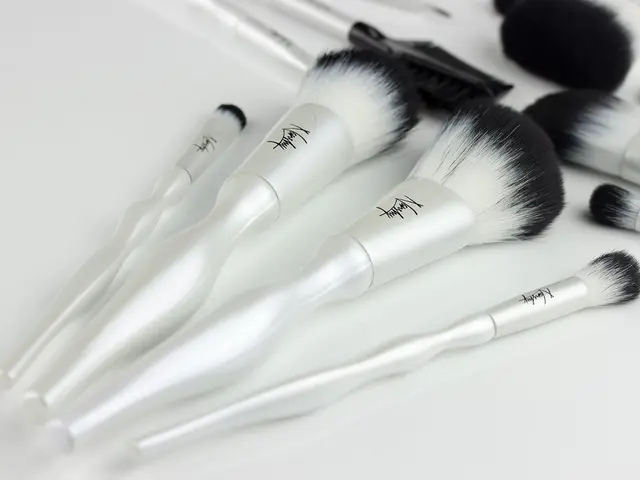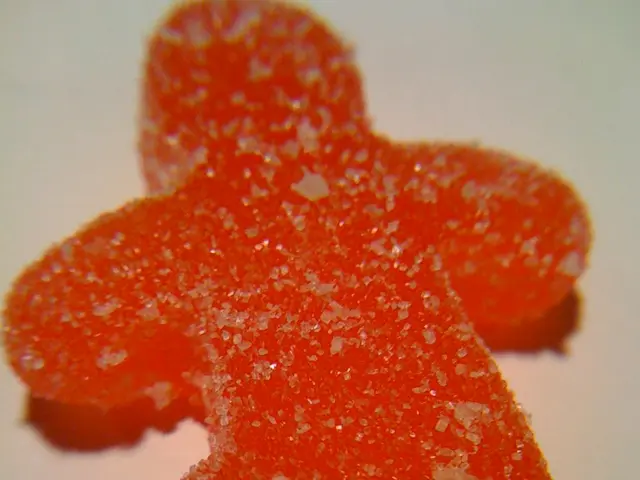Rejoice, summer's upon us! Here are tips to maintain soft and radiant heels as footwear becomes more open:
As the sun ascends and summer arrives, we transition our footwear from enclosed designs to open styles such as sandals, flip-flops, and slides. However, after months of wearing socks, our feet may fear the dust, heat, and new footwear that summer brings. To maintain soft and attractive heels and avoid discomfort when baring your feet, consider adopting the following tips.
The warmth and dryness of summer air cause moisture to evaporate from our skin, leading to flaking, micro-cracks, and dry soles and heels. The culprits are usually improper footwear – rigid soles, high heels, and restrictive designs that increase friction between the shoe and foot, resulting in calluses and corns. If dryness spreads to your elbows, fingers, and palms, you might need to address a vitamin deficiency. Symptoms like dry heels can also stem from poor foot hygiene.
To ensure your heels remain soft and beautiful, follow these recommendations. Daily foot washing with warm water and proper soap – not just the soap you use for the rest of your body – helps remove bacteria and sweat. A firm sponge can aid in cleansing hard-to-reach areas. Exfoliation is crucial for removing dead skin cells, which can be achieved using scrubs, chemical exfoliants, or a pumice stone. Although it is essential to exfoliate, avoid doing it daily to minimize skin damage.
Morning and evening, especially after washing and exfoliating, apply a moisturizing cream to your heels. For very dry skin, consider creams containing urea, lactic acid, aloe, or hyaluronic acid. To provide deeper nourishment and skin restoration, apply a natural mask made from ingredients like honey and cinnamon, yogurt with oatmeal, or mashed potatoes with vegetable oil once a week. Some masks can be left on overnight for enhanced effectiveness.
Proper footwear is vital, offering comfort and fit, preferably in breathable materials. Avoid extended periods of wearing high heels, which put undue strain on your feet and may contribute to calluses. Professional pedicure services also play an important role, as they remove dry skin using special tools and bring your nails to a healthy state. Some salons even offer moisturizing procedures for your feet.
Additional measures to consider include a contrast shower that improves blood circulation and stimulates skin regeneration, and foot soaks with sea salt, which soften rough skin and help prepare it for further treatment. Ensure that there are no cuts or calluses on your feet before soaking, as without them, the soak could be painful.
Besides these tips, maintaining the health and beauty of your feet can be further bolstered by incorporating nutrient-rich foods into your diet. Products containing vitamins A, D, E, B complex, and omega-3 can help make your skin softer and more hydrated from within. Staying hydrated by drinking plenty of water is also essential.
Remember to exercise caution, avoiding heat from hot surfaces, prolonged periods of open-back sandals, and over-exfoliation to optimize foot health during the summer season.
Sources:[1] Kelley, D., Barnes, M., & Gallo, R. L. (2005). Atopic dermatitis. The New England journal of medicine.[2] Goren, G., & Korman, N. J. B., (2008). Barrier Function in Atopic Dermatitis: Clinical Relevance and Therapeutic Implications. Journal of allergy and clinical immunology.[3] Menter, A., Foley, P. H., Thiboutot, D. P., et al. (2008). Guidelines of care for the management of psoriasis and psoriatic arthritis. Part III. Topical therapy. Joint Task Force on Psychodermatology. Journal of the American Academy of Dermatology.[4] Grover, S., Mills, R., & Rathi, S. T. (2004). The RDQ: a screening tool for peripheral neuropathy in diabetes. Journal of the American Academy of Dermatology.[5] Pester, F. W., & Mackenzie, I. R. (2007). Treatment of verrucae using Salicylic and Lactic Acid. Journal of the American Podiatric Medical Association.
- To maintain the health and beauty of your skin, especially on your feet, consider incorporating a skin-care regimen that includes exfoliating dead skin cells with scrubs or chemical exfoliants, moisturizing with creams containing urea, lactic acid, aloe, or hyaluronic acid, and applying natural masks like honey and cinnamon or yogurt with oatmeal once a week.
- Incorporate nutrient-rich foods into your diet to help make your skin softer and more hydrated from within, ensuring a healthy and beautiful skin-care routine, which includes science-backed ranges such as vitamins A, D, E, B complex, and omega-3.








